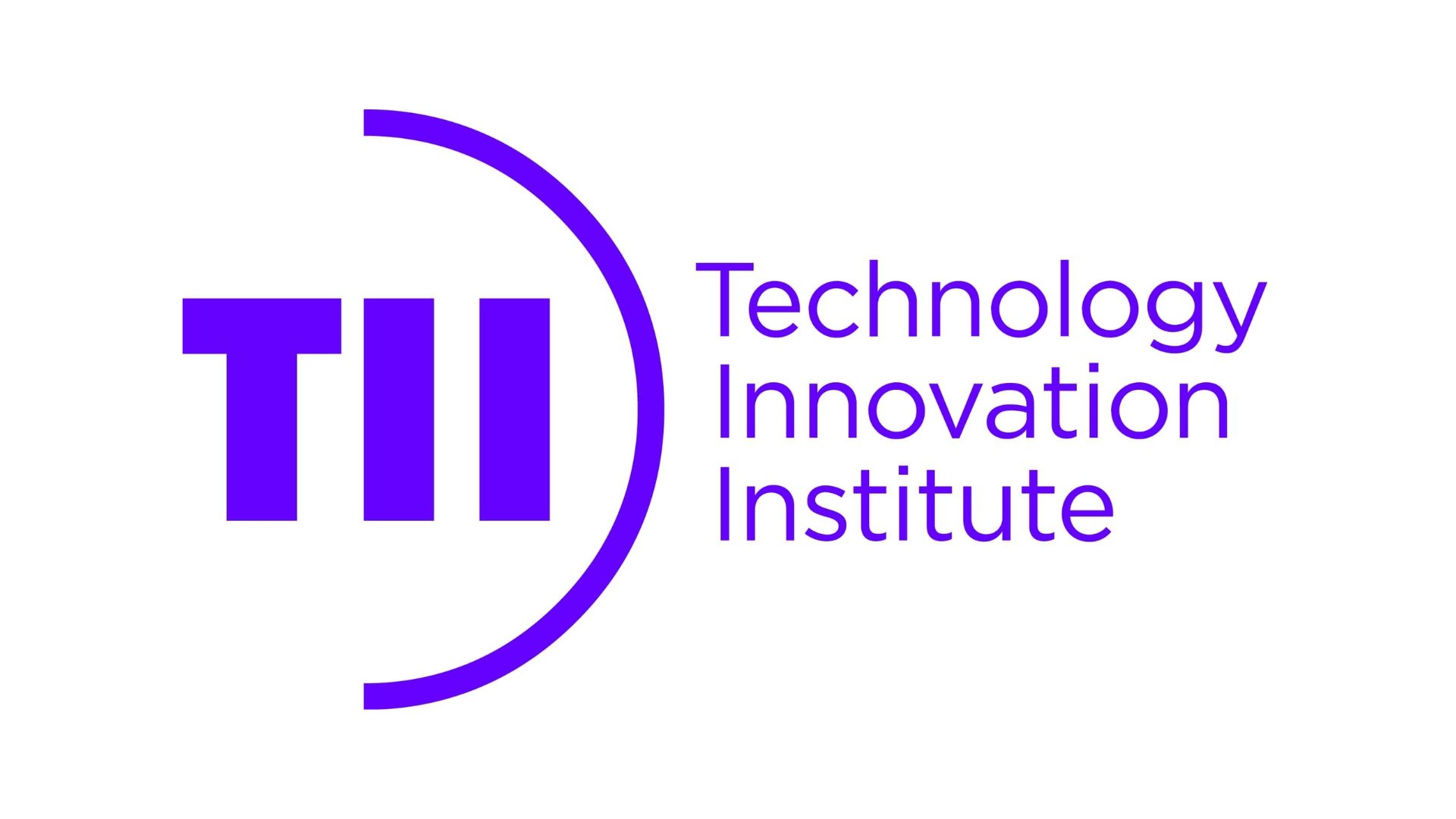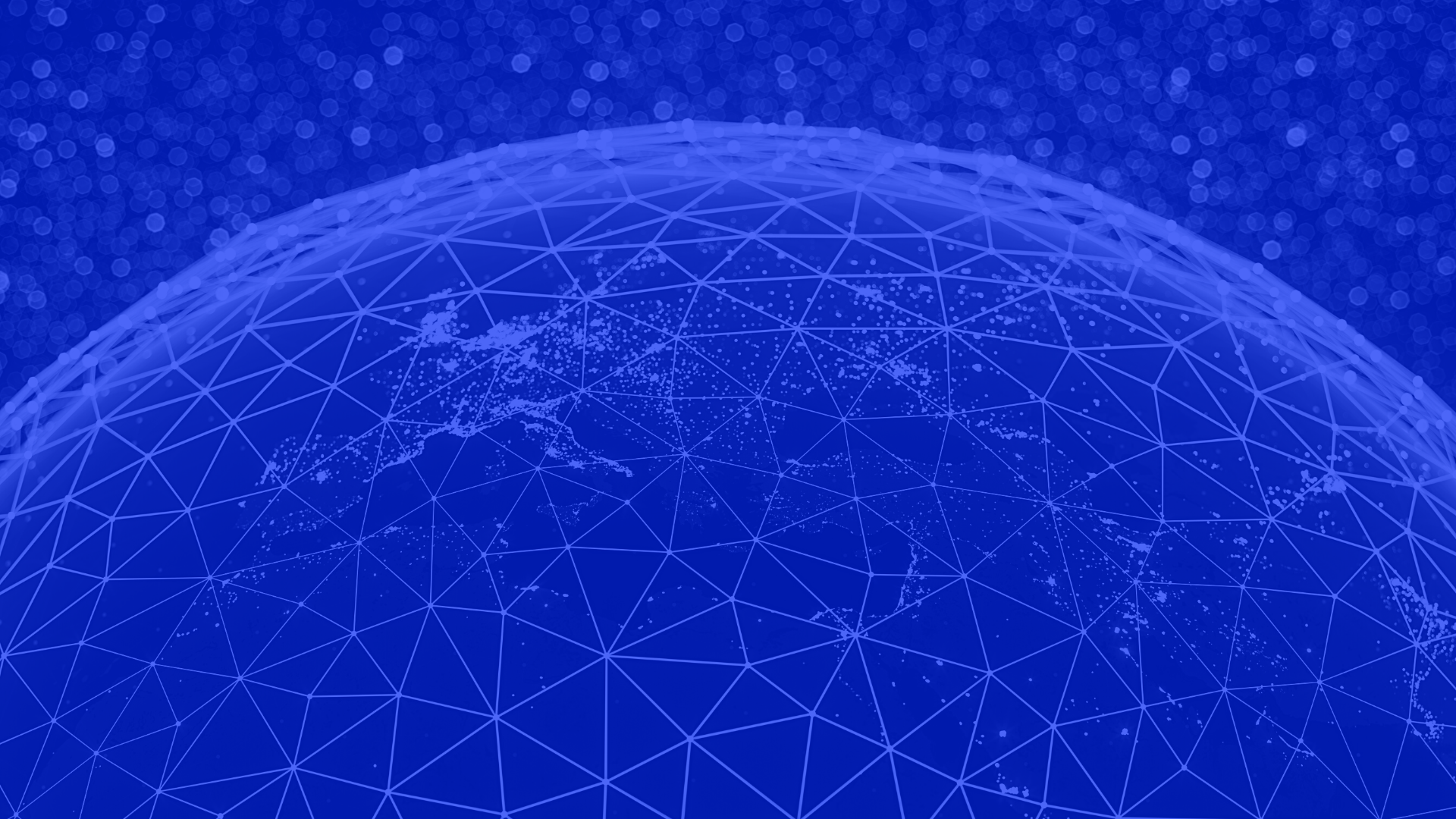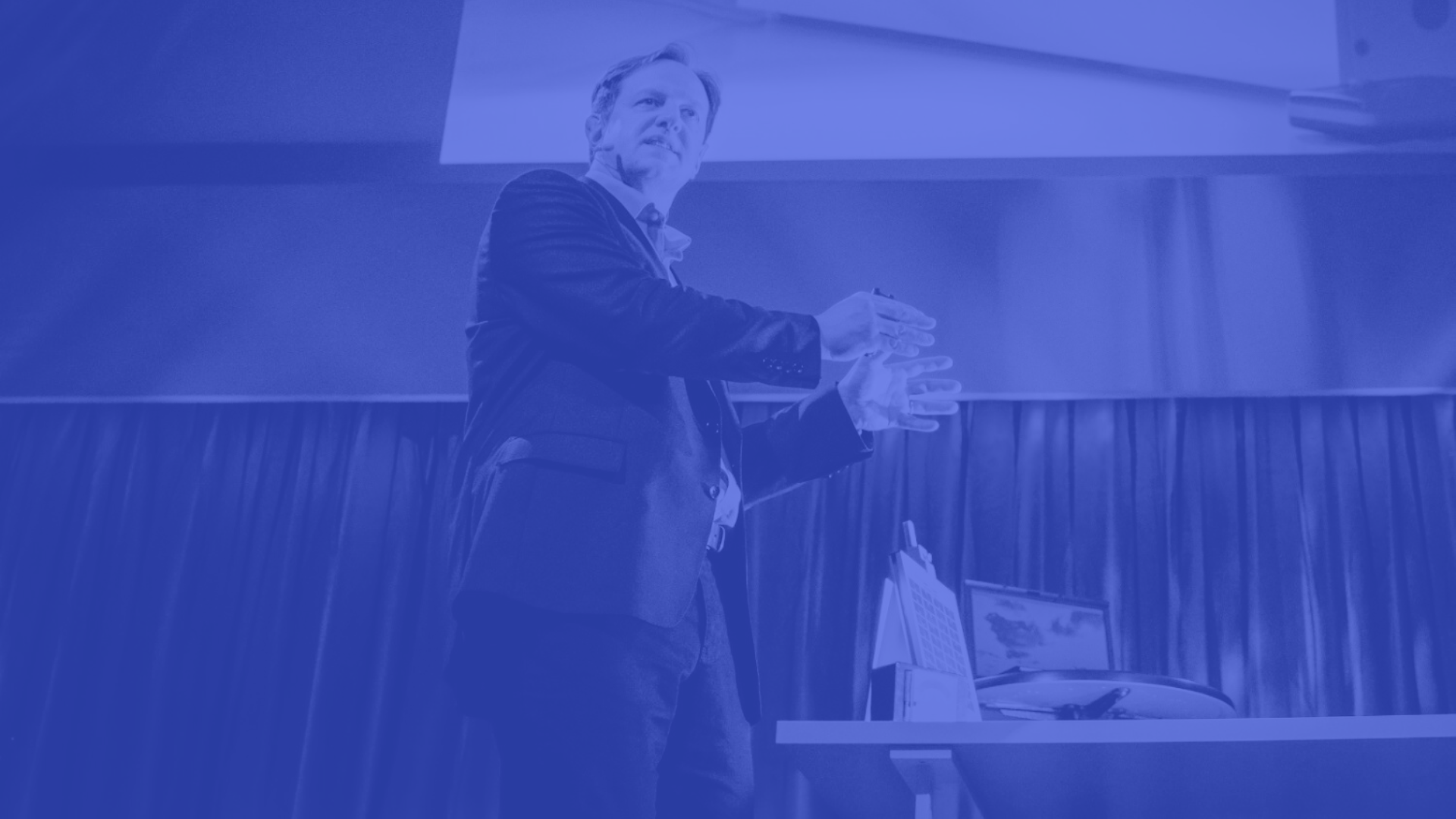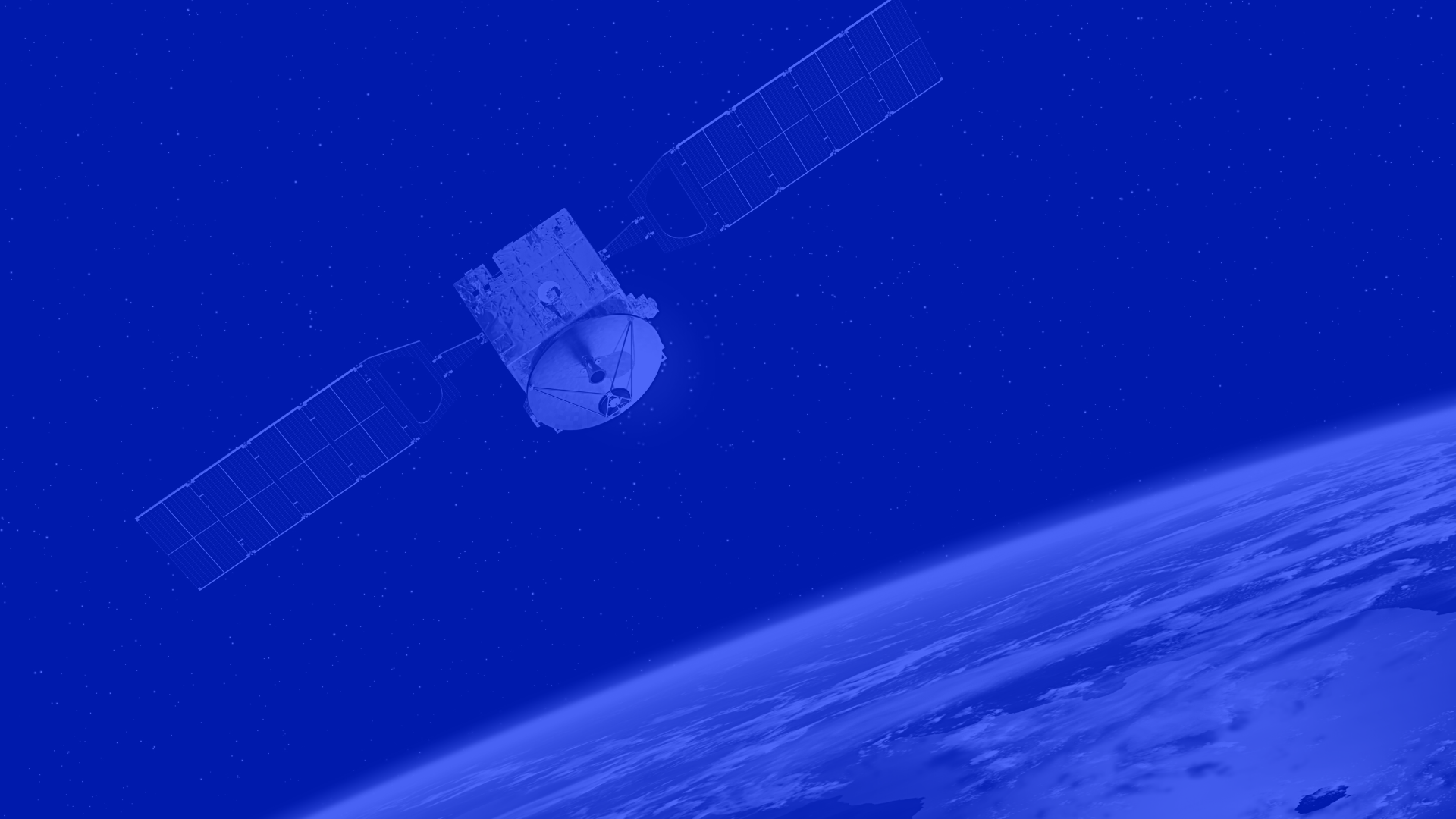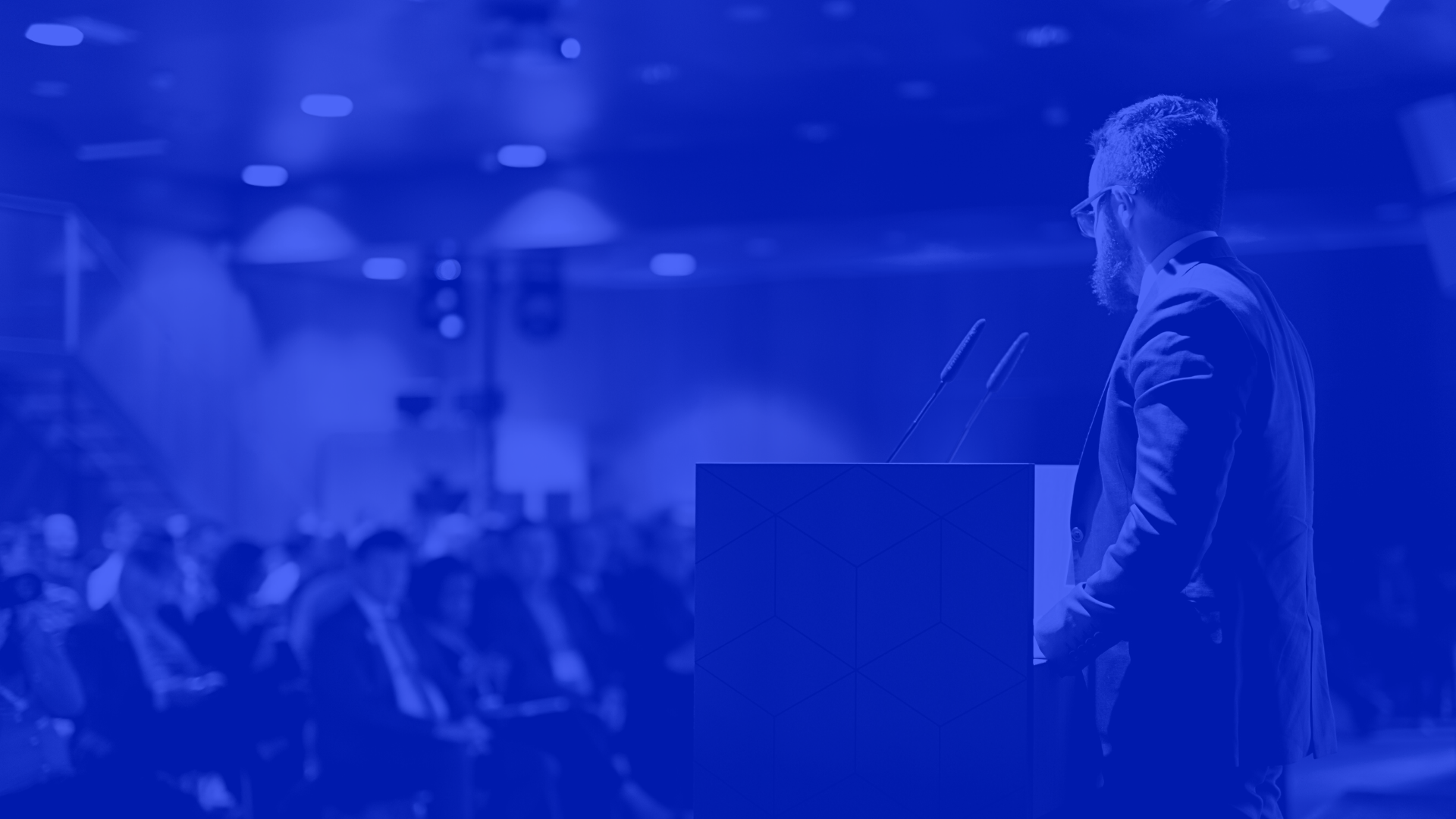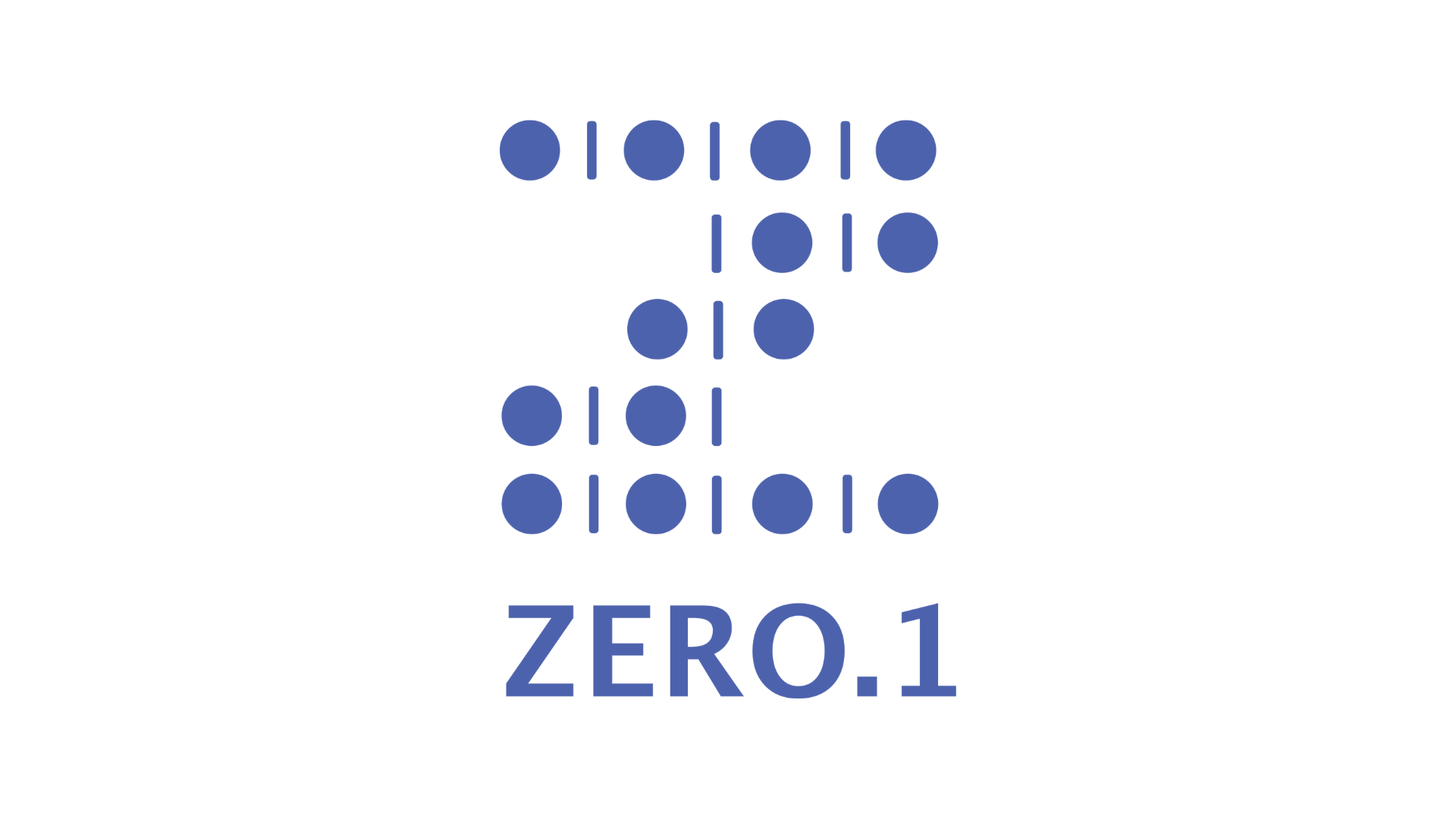As the pioneer of Visible Light Communication (VLC) technology, Zero1 creates, designs and deploys personalised, modular and 100% integrated solutions with the development of Optical Camera Communication (OCC) agnostic of any LED light.
We spoke to CTO, Marc Fleschen, to get his view on the progress Zero1 is making in the development of the light communication ecosystem.
Who is Zero1 and what role do you play in the light communication ecosystem?
Founded in 2018 in Luxembourg, Zero1 is a provider of Optical Camera Communication (OCC) technology. The company owns more than 9 patents related to LiFi technology, and it also owns and produces all of the existing products, software, APIs and platforms. A key player for anyone who wants to adopt this technology, we are also the only member of the LCA dedicated to promoting OCC.
The team are extremely proud of the technology that has been developed – it can adapt to almost all currently existing LEDs, meaning that once installed, you can forget about it. It removes a layer of complication for the end user, allowing us to be service and customer-oriented as a business.
What do you think the future holds for light communication?
Currently, in order to connect to Zero1’s light communication technology, the user has to download an app – much in the way that QR codes operated when they were first introduced. I would love to see the ability to pick up the OCC signal in-built into mobile phones’ camera technology natively, with no need to download an additional app.
I see light communication becoming complementary to WiFi. Light communications will serve where WiFi can’t – for example, in the airport, you will use WiFi in the terminal but switch to LiFi for the flight. The goal for the future is for the technology to become mainstream by being integrated into devices, making it accessible to all who use a smart phone.
What successes have you enjoyed recently as a business in light communication?
A great example for Zero1 recently has been a partnership with a museum in Italy. We installed our technology throughout the lights in the museum so they are permanently broadcasting code. Essentially this means that all visitors to the museum can now use their phone as an audio guide – when they are standing next to an exhibit their phone will pick up the specific light signal from that area through the museum’s app and instantly provide further information on the exhibit to the user.
What are the key developments you would like to see in the light communication ecosystem?
More generally, I would like to see a stronger international presence across the sector. Specifically thinking about LCA, an increased membership base would be of great benefit.
How can those of us operating in light technology help to achieve both aspirations? Firstly, I would like to see us with a stronger presence at exhibitions that deal with telecoms, giving us more opportunities to express how LiFi can add value to the latest innovations and help build sustainable developments for future generations. Finally, I would also like to see more integration and partnerships with universities, helping the subject of LiFi become better known to students; making the younger generation aware that light communication exists and ultimately be more familiar with it.



